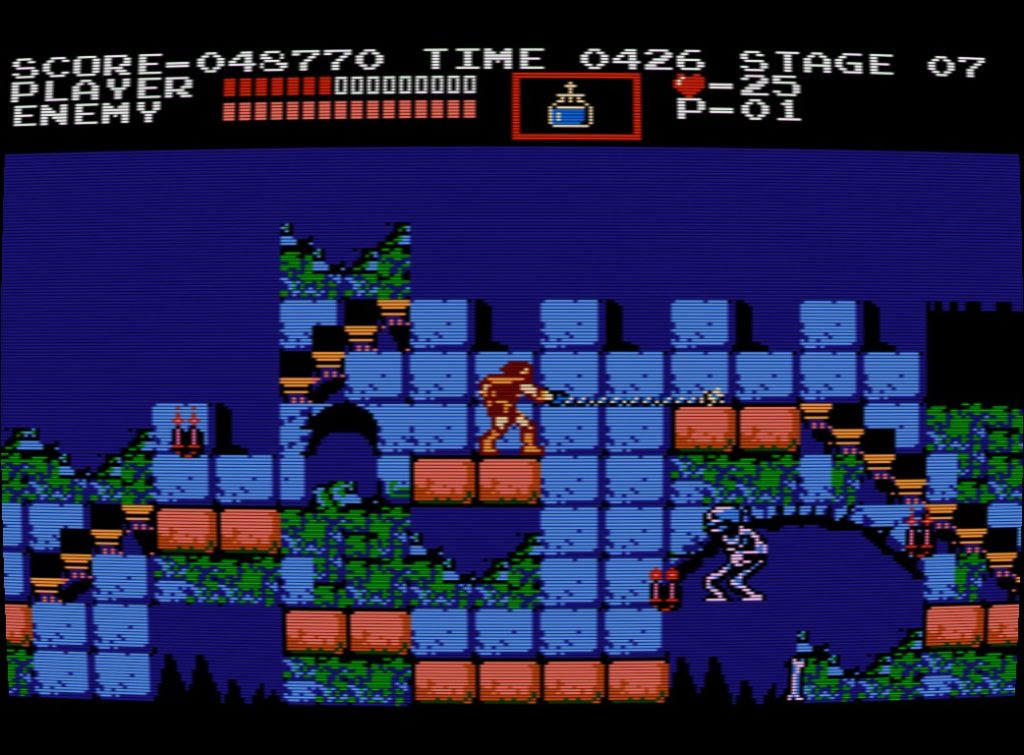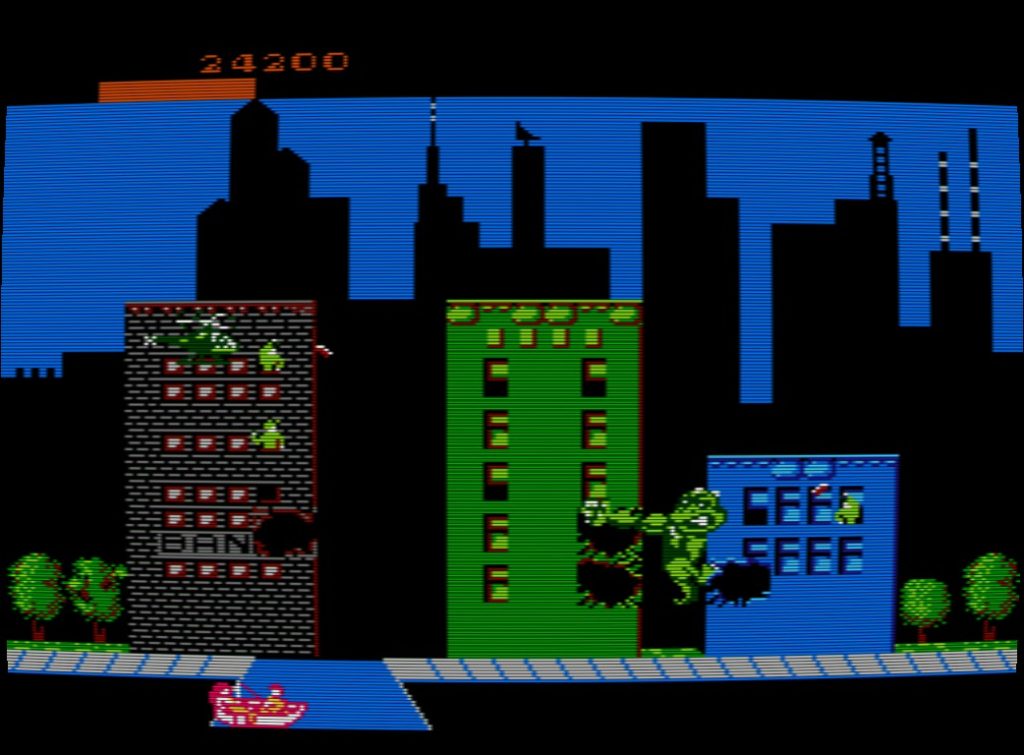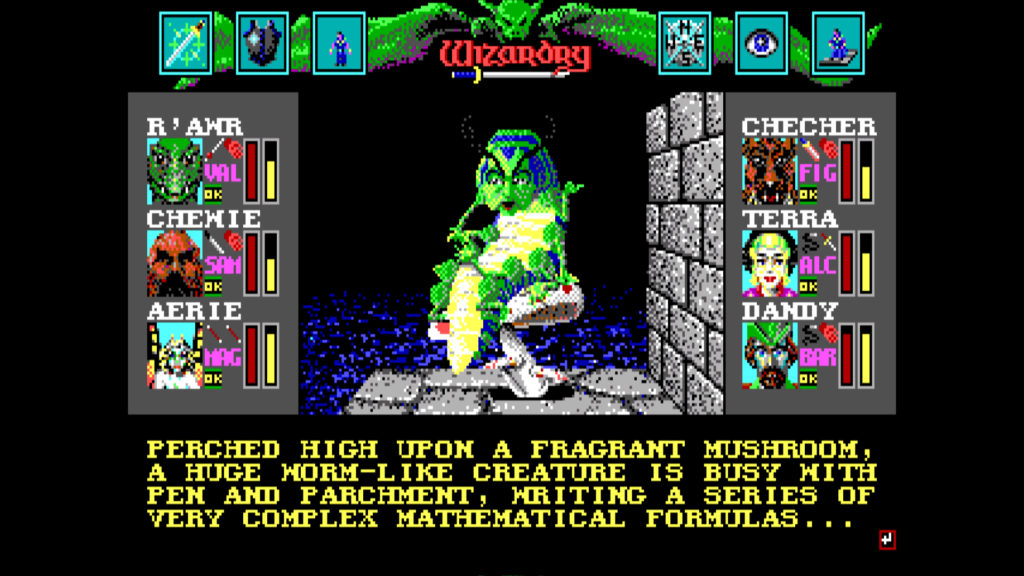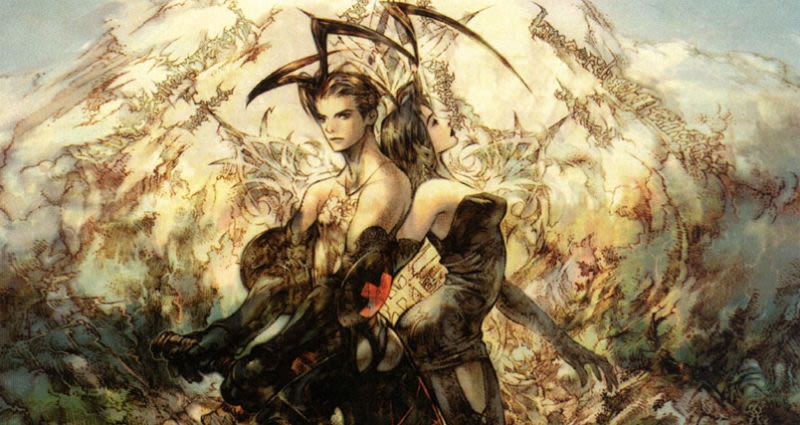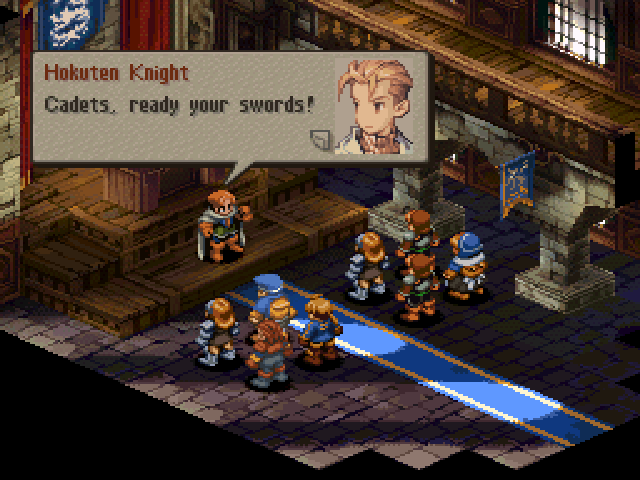Game Name: Castlevania (1986)
Developer: Konami (Gyrus, Gradius, Contra)
Platform: Family Computer Disk System (original), NES, Arcade, C64, Amiga, MS-DOS, Windows, Game Boy Advance, Mobile Phones, Nintendo DS, MSX2, Atari 2600 (reviewed on NES emulation)
Categories: NES Classic, Side Scrolling Platformer, Pitfalls, Power-Ups, Meticulous Level Design, Multi-Stage, Catchy Soundtrack, Medieval Castle Dungeon, Delayed Player Input, Life Bar, Hidden Items, One-Hit Minions, Vampires and Universal Movie Monsters, Overlapping Enemy Patterns, Infinite Tries, No Saves, Punishing Difficulty
May Appeal To: leather wearers, 17th century tailors, S&M enthusiasts, lion tamers, and those that chow down on pork chops discovered in the very walls of gothic castles.
May Repulse: sun shunners, neck biters, atheists, anti-reflectionists, those with a garlic allergy, and anyone requiring explicit permission to enter a domicile or who felt compelled to cart a coffin of dirt from their country of origin.
Comparable To: its descendants. Castlevania II has inferior design, pacing, art direction, music, and level layout. Symphony Of The Night empowers the player instead of crippling them, though it showcased a complex map and bestowed personality upon the very environment with attractive sprites and surprises. Castlevania 64 reeks of the early push to convert popular side-scrolling platformers into 3D, low-poly, shitty-camera shadows of their former selves. Lament Of Innocence and Curse Of Darkness successfully hone this newer perspective, added more to the strategic RPG experience with customizable summons or inventory management, and offer spatial reasoning challenges as well as a new focus on exploration. Portrait of Ruin was considerably easier for me, though the loads of maps and the dual-character system prove to be fun, diversionary mechanics in hindsight.


